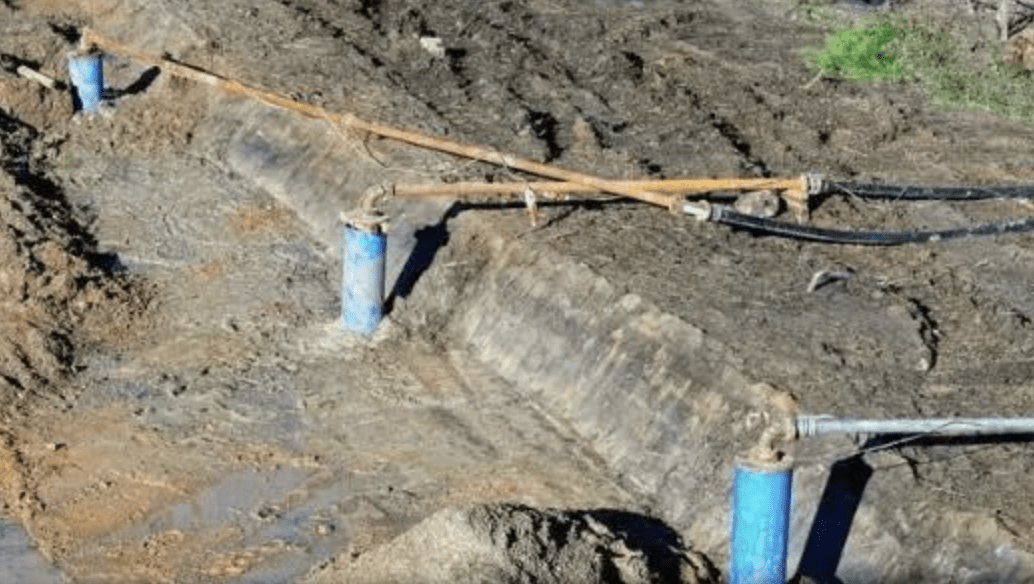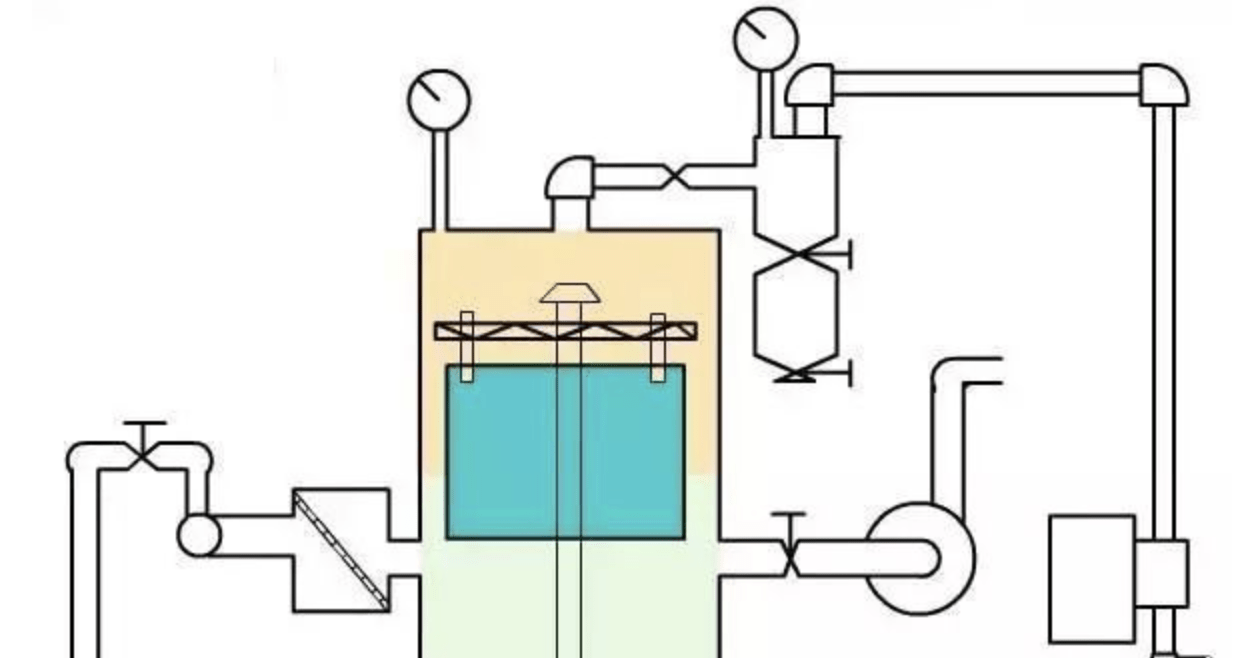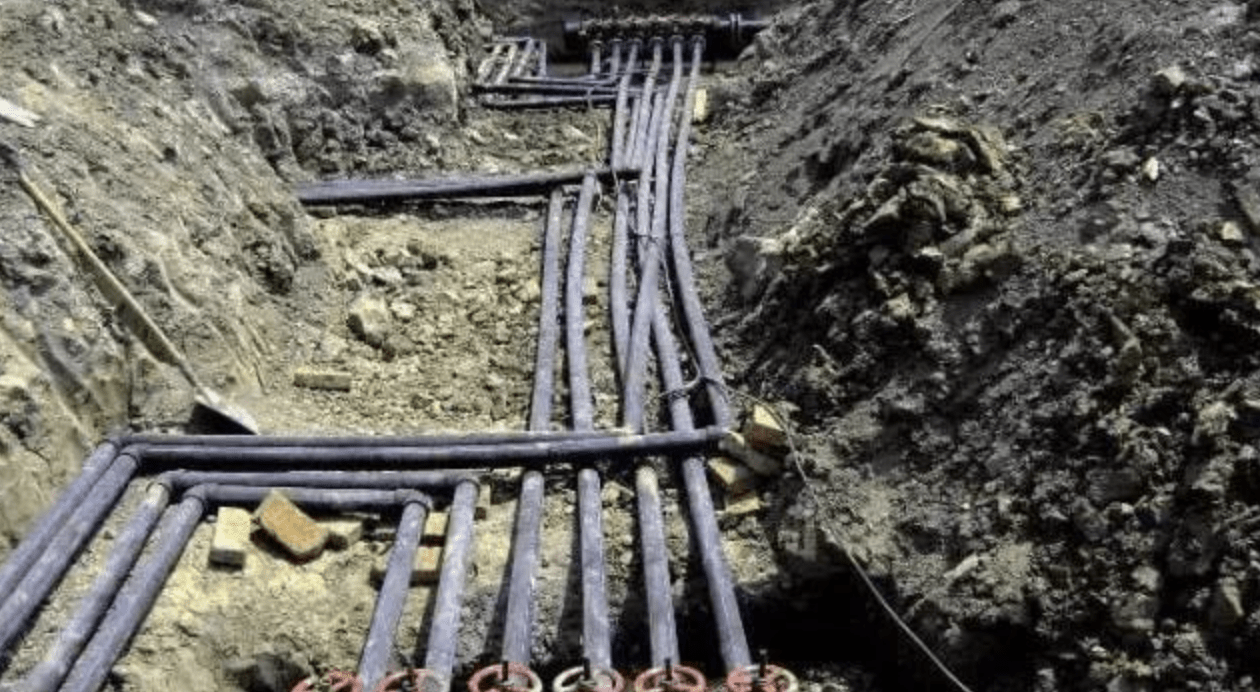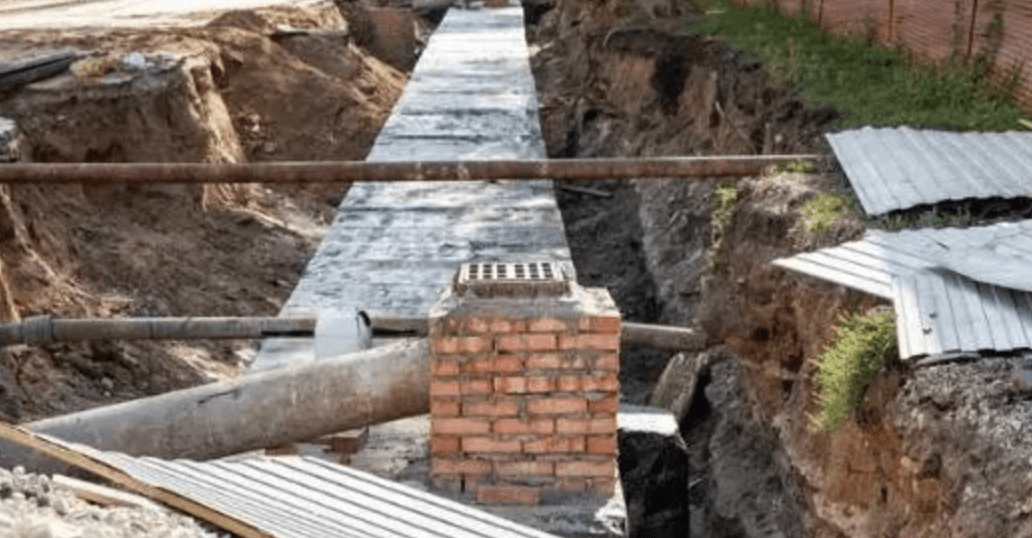What Is Foundation Pit Dewatering?
Foundation pit dewatering refers to the process of lowering the groundwater level when excavating a foundation pit. If the water table is higher than the excavation base, water will continuously seep into the pit, leading to potential hazards such as slope instability, quicksand, bottom heave, piping, and reduced bearing capacity. Dewatering ensures dry construction conditions, enhancing safety and structural integrity.
Common dewatering methods include:
- Open trench with sump pumping
- Wellpoint systems
- Ejector well systems
- Electro-osmotic wellpoints
- Deep well dewatering
Key Considerations for Dewatering Layout:
- For pits narrower than 6 meters, a single-line wellpoint system along the long side (upstream of groundwater flow) is sufficient.
- A double-line or ring-shaped wellpoint system is required for wider pits (>6 meters).
- After the operation, a stable dewatering funnel forms with a slope of 1:10, meaning a 1-meter drop in the wellpoint lowers the water table within a 10-meter radius, with diminishing effects farther away.
Want to learn more about foundation pit dewatering? Below, we explore 5 major dewatering methods, construction plans, 3 critical factors, and emergency solutions for common issues.
5 Major Dewatering Methods for Foundation Pits
1. Open Trench with Sump Pumping
This manual drainage method is cost-effective and widely used. It removes shallow groundwater, rainwater, and construction water. However, in high-water-table areas, it’s often combined with other methods because:
- Excessive seepage complicates slope stabilization (e.g., shotcrete application).
- Muddy conditions hinder construction.
- Best for low-water-table areas or low-permeability soils.

2. Wellpoint System (Single-Stage Light Wellpoint)
A popular, economical, and safe method for pits with 3-6m dewatering depth. For deeper pits (>6m), multi-stage systems are theoretically possible but require ample space.
- Soil permeability: 0.1–50 m/day
- Key measures: Seal wellpoints with clay to enhance vacuum efficiency.
3. Ejector Well System
Achieves 8–20m dewatering depth with high vacuum (250 mmHg). However:
- Complex setup, high failure rates, and energy-intensive.
- Soil permeability: 0.1–50 m/day (same as wellpoints).
4. Electro-Osmotic Wellpoints
Ideal for low-permeability soils (clay, silt, mud) with k < 0.1 m/day.
- Requires pairing with wellpoint or ejector systems.
- Involves voltage, current density, and power monitoring—more complex.
5. Deep Well Dewatering
Used in high-permeability strata (sand, gravel) with 20–200 m/day permeability.
Foundation Pit Dewatering Construction Plan
1. Well Positioning
- Follow design drawings, avoiding underground obstacles.
- Max deviation: ≤50mm.
2. Installing Steel Casing
- Prevents collapse during drilling.
- Diameter: 1.0m, filled with clay for stability.
3. Drilling & Alignment
- Deviation tolerance: <20mm, verticality error: ≤1%.
- Use clean water drilling (or clay slurry in loose strata).
4. Mud Replacement
- After reaching target depth, replace drilling mud with clean water (viscosity <20s).
5. Well Installation
- Wrap well pipes with nylon mesh and seal joints.
6. Gravel Packing
- Use uniform, dynamic filling to prevent bridging.
7. Well Development
3 Critical Factors in Dewatering Design
1. Site Conditions & Construction Data
- Nearby structures, underground utilities, drainage, and power supply.
- Excavation dimensions and underground construction requirements.
2. Geological Conditions
- Soil stratification, permeability, and groundwater type.
- Field permeability tests are more reliable than lab data.
3. Groundwater Conditions
- Phreatic water (unconfined) vs. confined water (pressurized).
- Identify recharge sources (rivers, leaks) that may hinder dewatering.
Note: Dewatering may cause ground settlement—monitor adjacent structures closely.
Common Dewatering Problems & Emergency Measures
1. Seepage in Retaining Structures
- Minor seepage: Drainage ditches.
- Major seepage: Grouting.
2. Leakage in Retaining Structures
- Low-pressure leaks: Chemical grout sealing.
- Deep leaks: Compaction grouting with soil backfill.
3. Ground Cracks & Settlement
- Stop dewatering, inject grout, and cover cracks.
4. Building Settlement/Tilting
- Halt excavation, recharge groundwater, and stabilize foundations.
5. Sand Layer Water Inrush
- Backfill with sandbags, then perform quick-setting grouting.





